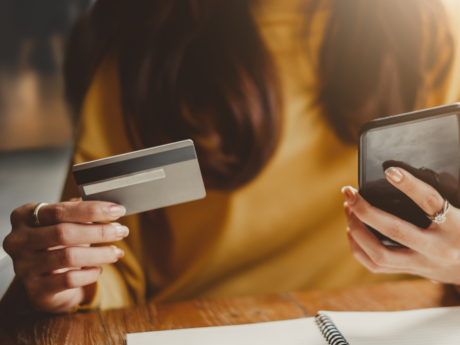How long does bankruptcy last in Canada?

In Canada, your bankruptcy can be finished in as little as nine months if you fulfill all your bankruptcy obligations. This generally includes making your agreed upon payments, reporting your income and expenses, and completing two financial counselling sessions. Once completed, your trustee, creditors, and the Superintendent of Bankruptcy will approve your discharge, and you can begin your financial fresh start!
There are certain situations in when your bankruptcy may last longer than nine months. Below, you can find a summary of the time periods to obtain your discharge under various situations. The number of months shown below start on the day you’re officially bankrupt:
1st time bankruptcy:
- 9 months if you earn less than the income guidelines set out by the Office of the Superintendent of Bankruptcy (known as “surplus income”).
- 21 months if you have surplus income.
2nd time bankruptcy:
- 24 months without surplus income.
- 36 months if you have surplus income.
Your bankruptcy’s discharge happens automatically if you fulfill all your duties. However, there are unique situations where the court decides when you're discharged, such as:
- If you owe personal income tax debt of $200,000 or higher and it’s at least 75% of your total unsecured debt.
- If a creditor, the Superintendent of Bankruptcy, or your trustee oppose your discharge
In both scenarios, a court hearing will decide the official date of your discharge.
What does being “discharged from bankruptcy” mean?
Getting discharged or a bankruptcy discharge is the last step in a bankruptcy filing. When you’re discharged, it means that you’re no longer bankrupt; you no longer need to pay back the debts included in your bankruptcy; and you can start to rebuild your credit.
If you don’t get discharged from your bankruptcy, your trustee may get removed from your file, and your creditors could start contacting you again to collect their outstanding debt. There are various reasons why someone may not be discharged from bankruptcy, or their discharge is challenged by the Court. This most commonly happens when an individual doesn’t make their payments or fulfil their obligations. In certain cases, if there is evidence of misconduct on the debtor’s behalf, the Court may decide to oppose their discharge or refuse it entirely.
Learn more about filing for bankruptcy in Canada.
When can I start to build credit again after bankruptcy?
You can begin to rebuild your credit as soon as you’re discharged from your bankruptcy. Once you’ve been discharged, you can apply for a credit card, although you may be limited to a secured credit card. With a secured credit card, you’re required to put down a deposit that either acts as your borrowing limit (i.e., $500 deposit equals a $500 limit) or as security for the lender in case you default (i.e., you’re required to put a $300 deposit on a credit card with a limit of $1000).
After paying your balance regularly, you can get your deposit back and apply for a traditional credit card. The time this takes varies between lenders and is based on your individual credit history.
Additionally, once you’ve received your discharge, be sure to review your credit report for any errors. After finishing bankruptcy, any discharged debt shouldn’t be reported as owed or outstanding. If they appear in your report, you need to contact the credit bureau directly and have them correct the information. Going forward, you can check your credit report for free yearly.
Can I get a mortgage or other loan after bankruptcy?
While your bankruptcy will remain on your credit report after you’re discharged, you can apply for personal bank loans and car loans. These are private loans provided at the lender’s discretion. Some lenders may require that you obtain a guarantor for your loan until your credit improves.
It may be difficult to get a mortgage immediately after being discharged. However, if you work on improving your credit during the six or seven years your bankruptcy is on your credit report (i.e., by paying your bills on time and taking on small debt like a secured credit card), you can be approved for a mortgage even after filing a bankruptcy or a consumer proposal. Learn more about getting a mortgage after bankruptcy.
Like all new credit, whether a mortgage or a secured credit card, you should review the terms and conditions, including the interest rates and repayment terms, so you’re confident you can afford the full payments – not just the minimum. Discover our tips for borrowing money wisely.
Take the first step to debt freedom
Speak to one of our debt solutions professionals during a free, no-obligation consultation.
Related articles

Can I file for bankruptcy if I own a house?

4 common investment scams and how to avoid them

Should I get a store credit card?

5 questions to help you plan a debt-free wedding

What happens if your employer goes bankrupt?

How to help friends or family struggling with debt

What happens to debt after death?
Looking for assurance, tax, and business advisory services? Visit Doane Grant Thornton LLP.

Loading